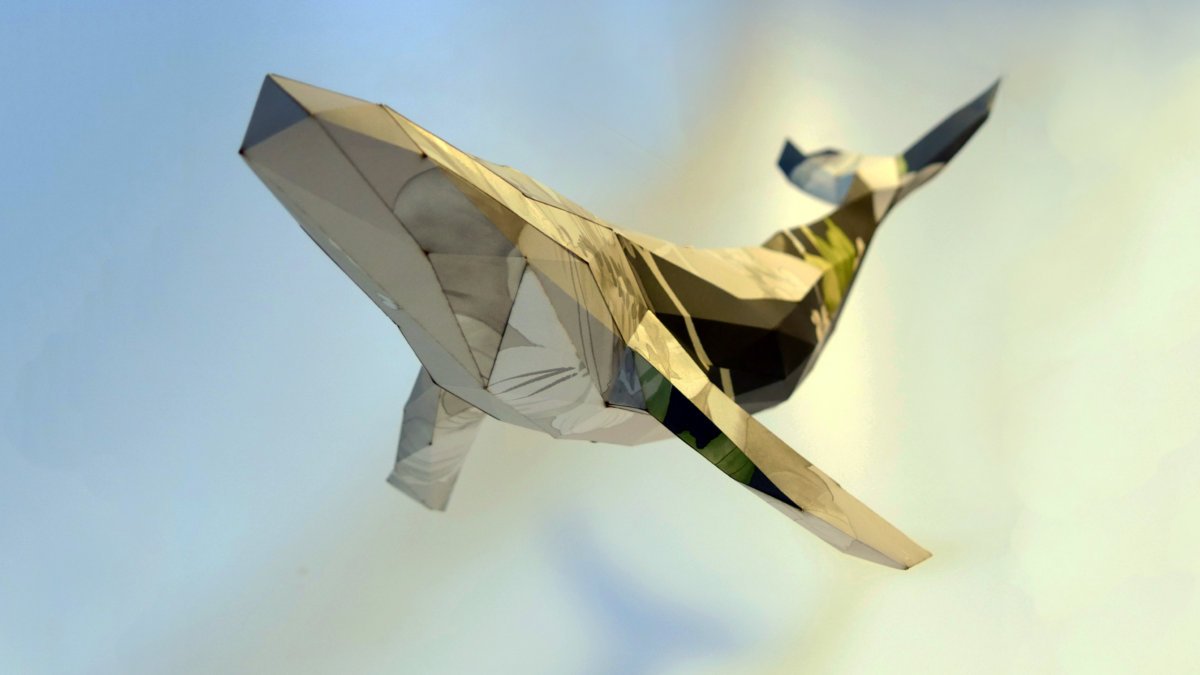
By Alice Hutchins
“Do whales know each other’s names? Can they recognise each other as individuals by sounds alone? We have cut the whales off from themselves. Creatures that communicated for tens of millions of years have now effectively been silenced.” –Carl Sagan
Japan has faced severe criticism in the light of its recent move away from the International Whaling Commission. Many have questioned why Whaling is allowed to continue, when there is no longer a need or demand for it. Japan has maintained a whaling industry for several years, claiming that they hunt the species for scientific research, however the whale meat ends up as food within Japanese markets, which suggests that there is still a push to create a consumer demand. Members within the Japanese government argue that whaling has been a long part of Japanese culture and tradition, and there was a time when whale meat was the only form of protein and substance able to feed the people. “When I was a child I ate this every day,” he says. “Meat meant whale meat. I didn’t know what beef was, or pork. Steak was whale steak, bacon meant whale bacon.” – Etsuo Kato, resident near the whaling port at Shimonoseki.
It is argued that there are no regulations on the sourcing and consumption of pork, beef, or lamb, so why should there be for whales? However, there are two issues with this concept. The first is there is no need for whale meat in the consumer market. Whales are being killed for food, for a populace who no longer eat it as part of a regular staple diet, therefore the meat itself is simply going to waste. “Antarctic whaling is not part of Japanese culture. It is terrible for our international image and there is no commercial demand for the meat.” – Junko Sakuma, researcher on Whaling.
The second problem with the theory of using whales for meat is that for so many years, whales were classified as endangered species, they are under-populated and over-hunted, meaning that the population cannot sustain itself with the sheer number of whales that are being captured. ‘At its peak in 1964 Japan killed more than 24,000 whales in one year, most of them enormous fin whales and sperm whales.’ Grey whales in particular have been on the critically endangered species list twice since the 1960’s, as they were hunted to near extinction and their numbers dropped. Now the population is stable again, but there is no way to monitor the breeding and exact number of the species, therefore we are unable to ensure that this form of hunting is sustainable.
“The [decision to resume whaling] is out of step with the international community, let alone the protection needed to safeguard the future of our oceans and these majestic creatures,” said Sam Annesley, executive director at Greenpeace Japan. “The government of Japan must urgently act to conserve marine ecosystems, rather than resume commercial whaling.” – CNN
We are experiencing the most rapid loss of species for the last 60 million years. Many are being wiped out at an incredible rate, and many are under extraordinary threat from man-made causes. A now stable whale population is not guaranteed to be so in a few years’ time, especially when they are pursued for such ambiguous reasons. The silencing of the whales, who have survived this planet long before humans evolved, would leave an echo of extinction in the deep seas where the whales’ call used to be.
https://www.bbc.co.uk/news/world-asia-35397749
Alice is a Creative Writing Graduate from the University of East Anglia and has recently joined the ImpacTeam, Department of Government at the University of Essex. This is Alice’s travel blog.
Image is a hand-crafted paper sculpture commissioned by the artist Douglas Dodds.